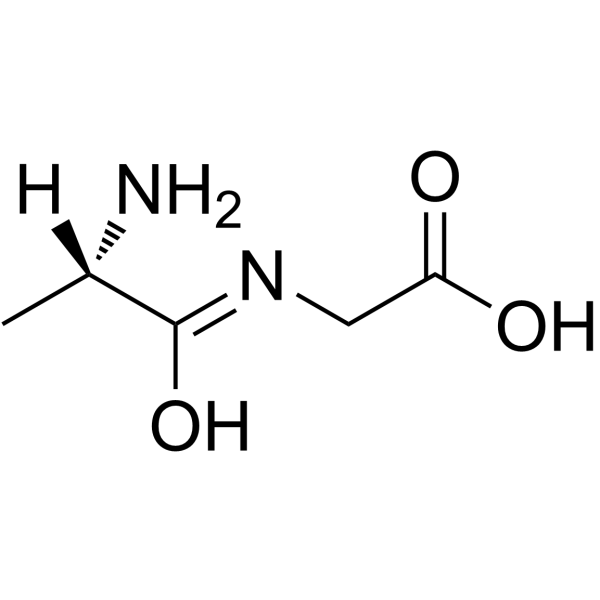Comparison of GC-MS and NMR for metabolite profiling of rice subjected to submergence stress.
Gregory A Barding, Szabolcs Béni, Takeshi Fukao, Julia Bailey-Serres, Cynthia K Larive
文献索引:J. Proteome Res. 12(2) , 898-909, (2013)
全文:HTML全文
摘要
Natural disasters such as drought, extreme temperatures, and flooding can severely impact crop production. Understanding the metabolic response of crops threatened with these disasters provides insights into biological response mechanisms that can influence survival. In this study, a comparative analysis of GC-MS and (1)H NMR results was conducted for wild-type and tolerant rice varieties stressed by up to 3 days of submergence and allowed 1 day of postsubmergence recovery. Most metabolomics studies are conducted using a single analytical platform. Each platform, however, has inherent advantages and disadvantages that can influence the analytical coverage of the metabolome. In this work, a more thorough analysis of the plant stress response was possible through the use of both (1)H NMR and GC-MS. Several metabolites, such as S-methyl methionine and the dipeptide alanylglycine, were only detected and quantified by (1)H NMR. The high dynamic range of NMR, as compared with that of the GC-TOF-MS used in this study, provided broad coverage of the metabolome in a single experiment. The sensitivity of GC-MS facilitated the quantitation of sugars, organic acids, and amino acids, some of which were not detected by NMR, and provided additional insights into the regulation of the TCA cycle. The combined metabolic information provided by (1)H NMR and GC-MS was essential for understanding the complex biochemical and molecular response of rice plants to submergence.
相关化合物
| 结构式 | 名称/CAS号 | 分子式 | 全部文献 |
|---|---|---|---|
 |
L-丙氨酰甘氨酸
CAS:687-69-4 |
C5H10N2O3 |
|
Transport and signaling via the amino acid binding site of t...
2009-01-01 [Nat. Chem. Biol. 5 , 45-52, (2009)] |
|
Differential mobility spectrometry of isomeric protonated di...
2011-05-01 [Anal. Chem. 83 , 3470-3476, (2011)] |
|
Infrared spectroscopy of the alanine dipeptide analog in liq...
2010-09-21 [Phys. Chem. Chem. Phys. 12 , 10198-10209, (2010)] |
|
Water-mediated conformations of the alanine dipeptide as rev...
2011-04-28 [J. Phys. Chem. B 115 , 4880-4886, (2011)] |
|
Selectivity of quadruplex DNA stationary phases toward amino...
2004-05-01 [Electrophoresis 25 , 1230-1236, (2004)] |